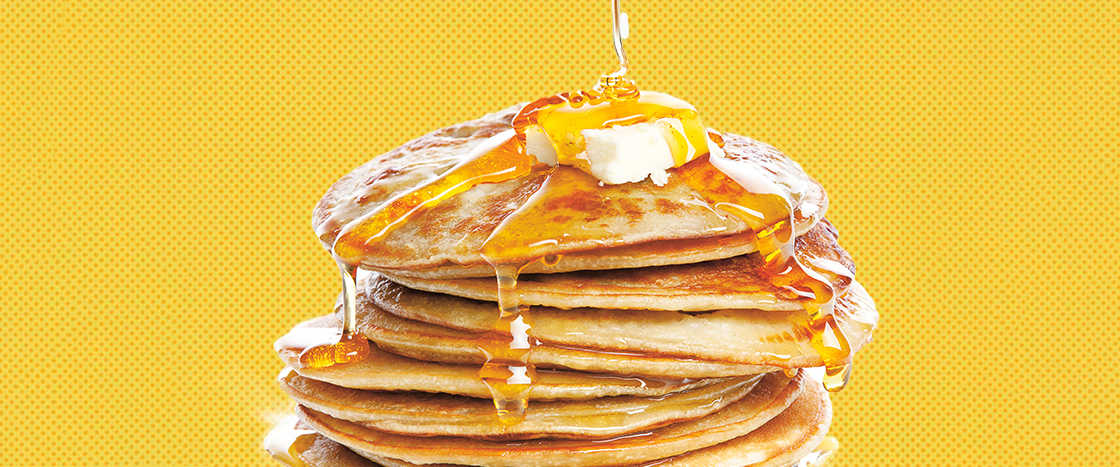Does a warm pancake drenched in syrup make your stomach rumble? Much of the syrup in stores is made from corn syrup and other ingredients. But real maple syrup comes from maple trees!
These trees grow on farms in the Northeastern U.S. and Southeastern Canada. One of those farms is Bourdon Maple Farm in Woodstock, Vermont. This 85-acre farm produces about 4,000 gallons of syrup each year. Owner Don Bourdon has been making syrup since he was a kid. “My father set us up with a little sugaring operation out in back of the house,” says Bourdon.
Does a pancake covered in syrup make you hungry? Most syrup in stores is corn syrup and flavoring. But real maple syrup comes from maple trees!
These trees grow on farms. They’re found in the Northeastern U.S. and Southeastern Canada. One of those farms is Bourdon Maple Farm. It’s in Woodstock, Vermont. The farm covers 85 acres. It makes about 4,000 gallons of syrup each year. Don Bourdon is the owner. He’s been making syrup since he was a kid. “My father set us up with a little sugaring operation out in back of the house,” says Bourdon.

